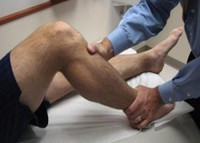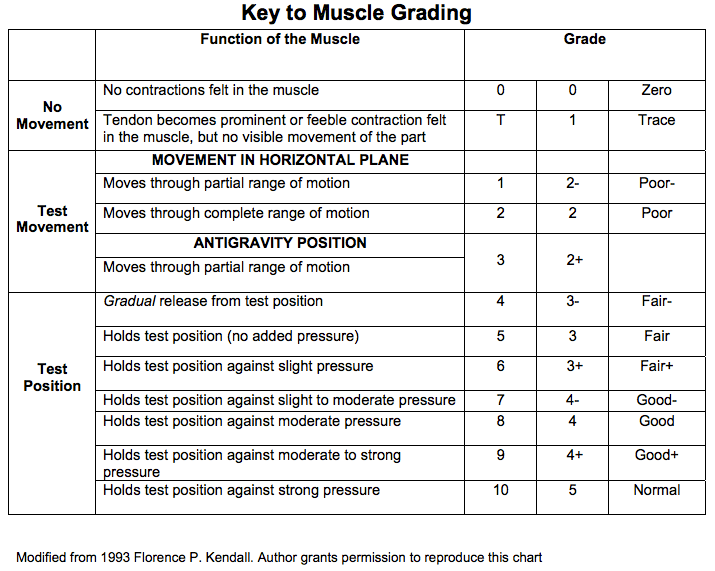 15th Jun 2015
15th Jun 2015
Manual Muscle Testing and the Handheld Dynamometer
When we tell physical therapy clients we want to do muscle testing, you can see them flashback to junior high gym, calipers and learning how to figure out their body mass index. This misunderstanding is easily cleared up and all jokes aside, muscle testing is an important component in making a diagnosis and creating a customized physical therapy treatment plan. Reliable methods for muscle testing become critical when a patient is struggling with an illness or injury which is creating a loss in their ability to take care of themselves on a day to day basis.
So what is muscle testing and why is it important?
Muscle testing is measuring a patient's
strength or their muscles ability to contract and produce force. Surgery,
illness or injury can limit a patient's muscle strength and as a result inhibit
their ability to perform the functional activities of daily living. So
again it’s crucial to have a reliable way to measure muscle strength to
determine mobility and the ability for self-care.
How is muscle strength measured?
Manual muscle testing (MMT) is the most popular strength test a physical therapist will use. With MMT, the physical therapist will push on a patient’s body in different directions as they resist the pressure. The physical therapist will then grade that resistance or strength on a 5 point scale(See here or below). The downside of this type of testing is it is dependent on the physical therapist's ability to apply force for resistance and there is no way to measure the small positive changes in strength as a patient works hard in physical therapy to improve their condition. Luckily, technology is on our side.
Beyond Manual Muscle Testing with the Handheld Dynamometer
A dynamometer is a device which can be used to measure strength. A physical therapist uses a handheld dynamometer (HHD) which electronically displays the amount of force a patient uses in pounds or kilograms. Unlike MMT, handheld dynamometers can test for small improvements in strength and they can be used at several points in range of motion to help interpret ability in functional movements. Because HHD'S are portable they can be used in a range of clinical settings. Now, the reliability of the HHD's is dependent on standardized testing procedures so in order to get the most reliable results, it's important to have testing protocols in place with regards to stabilizing the dynamometer and the patient during the test.
Handheld Dynamometer Testing on the Shoulder
But when a patient is facing a loss of their independence in the wake of an illness or injury having tools, both manual and electronic, can go a long way towards empowering them. Not only can they see where they are, but they along with their therapist, can see their improvements along the way and adjust treatment goals accordingly. However, our big goal in physical therapy is to create a space for patient’s to regain the strength needed in the tasks of daily living and to not only survive but to thrive.







